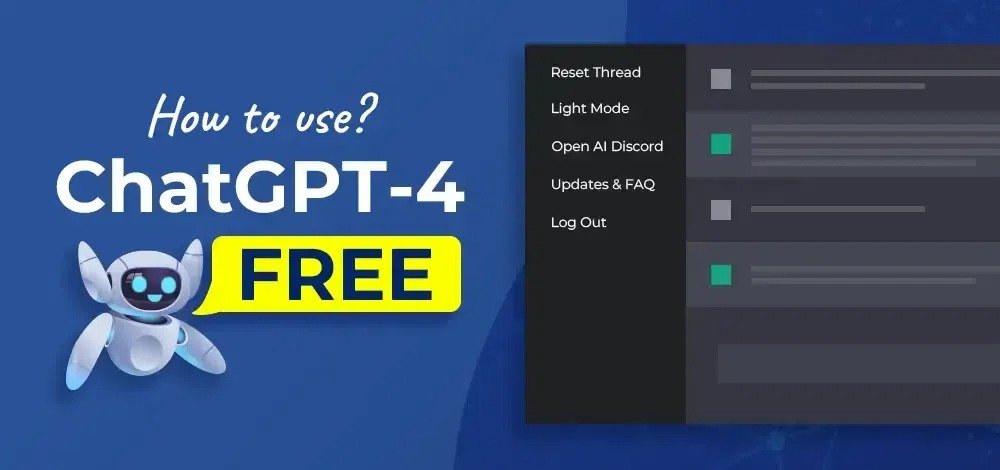
The Future of Text Generation: Exploring Free GPT Technology
In the realm of artificial intelligence, text generation has emerged as a transformative technology with profound implications for various industries and everyday life. One of the most promising developments in this field is the advent of free Generative Pre-trained Transformer (GPT) models. These models, such as GPT-3, have unlocked new possibilities for natural language processing, enabling users to generate coherent and contextually relevant text with unprecedented accuracy and fluency. As we delve into the future of text generation, it’s essential to understand the capabilities and potential of free GPT technology.
Understanding GPT Technology
GPT models are built on the Transformer architecture, a deep learning framework designed for processing sequential data such as text. The key innovation behind GPT is pre-training on vast amounts of text data, which allows the model to learn the intricacies of language and context. This pre-training phase involves exposing the model to diverse textual inputs, enabling it to capture patterns, semantics, and syntactic structures.
Once pre-trained, GPT models can be fine-tuned for specific tasks or used as-is for various applications, including content generation, language translation, question answering, and more. The ability to generate human-like text has made GPT technology particularly valuable for tasks such as automated content creation, chatbots, virtual assistants, and personalized recommendation systems.
The Rise of Free GPT Models
Traditionally, access to advanced AI models like GPT required significant computational resources and expertise, limiting their availability to large tech companies and research institutions. However, the landscape changed with the release of free GPT models, which democratized access to state-of-the-art text generation technology.
One of the most notable examples is OpenAI’s GPT-3, which boasts 175 billion parameters and has been made accessible through APIs (Application Programming Interfaces). This accessibility has empowered developers, entrepreneurs, educators, and hobbyists to leverage GPT-3 for a wide range of applications without the barriers of cost or technical complexity.
Applications of Free GPT Technology
The versatility of free GPT technology has led to its adoption across various domains and industries. Here are some key applications:
Content Creation: GPT models can generate high-quality content on diverse topics, ranging from articles and blog posts to marketing copy and product descriptions. Content creators can use these models to streamline their workflow, generate ideas, or even automate the entire content creation process.
Conversational Interfaces: Chatbots and virtual assistants powered by GPT technology can engage users in natural and meaningful conversations. By understanding context and intent, these systems can provide personalized assistance, answer queries, and facilitate interactions in customer service, healthcare, education, and more.
Language Translation: GPT models excel at understanding and generating text in multiple languages, making them invaluable for language translation applications. By fine-tuning the model on parallel corpora, developers can create translation systems that preserve meaning and fluency across different languages.
Educational Tools: Free GPT models can serve as educational aids, helping students with writing assignments, language learning, and conceptual understanding. By providing instant feedback and generating relevant explanations, these models can enhance learning outcomes and facilitate personalized instruction.
Creative Expression: Artists, writers, and designers are using GPT technology to explore new forms of creative expression. From generating poetry and storytelling to designing characters and worlds, GPT models can inspire creativity and serve as collaborative tools in the creative process.
Ethical Considerations and Challenges
While free GPT technology holds immense promise, it also raises important ethical considerations and challenges. These include concerns related to bias in training data, potential misuse for spreading misinformation or propaganda, and the implications for privacy and data security. As developers and users harness the power of GPT technology, it’s crucial to prioritize ethical principles, transparency, and responsible use.
Looking Ahead: Opportunities and Innovations
As free GPT technology continues to evolve, we can expect to see further innovations and opportunities emerge. Collaborative research efforts may lead to the development of even larger and more capable models, enabling breakthroughs in natural language understanding and generation. Additionally, advances in multimodal AI, combining text with other modalities such as images and audio, could open up new avenues for creative expression and interactive storytelling.
Furthermore, the integration of GPT technology with other AI techniques, such as reinforcement learning and knowledge graphs, could enhance its capabilities and enable more sophisticated applications in areas like robotics, decision support systems, and scientific discovery.
In conclusion, the future of text generation is bright and promising, thanks to the advent of free GPT technology. By democratizing access to state-of-the-art AI models, we are witnessing a democratization of creativity, communication, and innovation. As we navigate this new era of AI-powered text generation, it’s essential to embrace ethical principles, foster collaboration, and explore the full potential of this transformative technology.